Week One - Cave Art - 26th September
In week one of the Contextual Studies Lecture we mainly covered and talked about Cave Art, and what it all entailed.
Cave Art dates back to 30,000 years ago. The art itself was produced by using red and yellow ochre,hematite,magnesium oxide and charcoal. These materials were their forms of technology.
"Art technology and Humans have always gone hand in hand."
As time has progressed and different cultures have progressed, so has the art technology. Now with art Instead of us still using ochre and charcoal, we are now using cameras and computers as our technology.
With these early forms of art we can see how the people and the cultures were and how they lived. A lot of their art consisted of Humans and animals, and how they were the more powerful being. Also when we look at this kind of art and also with most pieces of art today we can see that our values are passed on through our art.
To finish off we put "Art" down as 3 things, they were :-
- Education
- Expression and
- Statement
Week two - Egyptian, Greek and Roman Culture - 3rd October
Egyptian-
Egyptian Art reflects their Gods. The egyptian culture was temporary, so an idea that someone had in mind, that was then passed down from generation to generation, this is known as Oral Tradition.. The Egyptians had a strong infrastructure that the architecture creates myths that people believe and live in. E.g. Britain are a power nation, Stone Henge compared to Pyramids.
With a lot of Egyptian Art it is only in 2D, not 3D, this is because the egyptians had trouble getting the right proportions of the different features of a human, because they had this ideal idea of how a perfect human should look.
The Egyptian create a lot of "Low Relief" sculptures with the their walls. Below is an example of "Low Relief"
Greeks-
Greek Art reflects their power and also their values in life.
From Greek Art we can see that their power was important to them from the buildings that they built (parthenon), and also they depicted humans features actually bigger than they really were.
The Greek culture brought about a lot of thinking to world, this is because within everything that they built e.g. the Parthenon, every relationship of that piece of art had a certain meaning to it.
Romans-
Within Roman culture and their art it was mainly painting on walls which was known as "Fresco" they did this by painting the art on to wet cement.
Also with Roman culture there is the same similarity as the greek culture, this similarity is that of "Power". The Romans too in parts of their art showed their power through the buildings they built. A certain building that the Romans built was called "Trajan's Column", this shows power because off the deep relief that wraps all the round the column. The relief shows commemorates Roman emperorTrajan's victory in the Dacian Wars.
Similarities-
Back then both cultures, both Greek and Roman had the idea of the perfect body and tried to show it within their art, Today we are similar to them because also try to show it through the media e.g. magazines, "The desire for the perfect body!"
Week 3 - Religious Art - 10th October
In this weeks lecture we looked at Modernism and how art started to have a religious them within it.
Modernism is Progress, where one thing becomes better than the rest.
Rome had lessend but by doing so they became religious - Christianity. With Rome there were 2 parts, there was Eastern Rome and Western Rome. Eastern Rome was Bizantine Art and Western Rome was Gothic Art.
Week 4 - The Renaissance- 17th october
Within this weeks lecture, we talked and learnt about "The Renaissance" period within the world of art. The Renaissance means "Re-Birth'. Within the renaissance the were 3 different types, these were the Early, Late, and High. Within the Early Renaissance the artist that we looked at was "Da Vinci" Da Vinci was equally scientific as well as being Creative. Da Vinci was known for creating famous paintings of the "Last Supper" and as well as the "Mona Lisa".
Da Vinci was known for creating his own techniques within his paintings, we can tell this because of the way that he has painted the very powerful Mona Lisa image. We can tell this because back in those days women within paintings were either painted looking up in rapture or looking down in humility, the Mona Lisa was painted with as a "Dialogue" this is the idea that the painting is looking back at you.
As well as being a painter Da Vinci also invented a lot of things but none of them actually worked.
Another artist that we looked at within the early Renaissance was "Sandro Botticelli". This artist was best known for the paints "Birth of Venus" and also "Primavera".
Botticelli always told a story within his paintings but within his painting he never showed any "Gods".
Another artist that we looked was of a man named "Titian". Titian was one of the most versatile of Italian painters, equally adept with portraits, landscape backgrounds, and mythological and religious subjects. His painting methods, particularly in the application and use of color, would exercise a profound influence not only on painters of the Italian Renaissance, but on future generations of Western Art.
At the same time of his career painters were quite low down the "talent" ladder, but then it changed towards the end when he was in the presence of the king everyday.
The paintings that he created while in the presence of the king, later became collectable items within rich people.
Titian started to put Nudity within his paintings, but he did this in a very classical context, so it was acceptable to the viewers in those days.
Another artist that we looked at within this time period was "Velazquez". Velazquez was a Spanish painter who was the leading artist in the court of King Philip IV. He was an individualistic artist of the contemporary Baroque period, important as a portrait artist. In addition to numerous renditions of scenes of historical and cultural significance, he painted scores of portraits of the Spanish royal family.
Other than just painting the royal family, as an artist Velazquez did something else that was significant to painting, he broke the 4th wall, he did this by painting himself painting.
We the went on to look at the Late Renaissance, within this renaissance we looked at the artist of "Michel Angelo". He was also a sculpture as well as a painter. His famous work was that of "The Sistine Chapel".
Within this certain painting Michel Angelo painted God giving knowledge to Adam. A significant part in the painting.
In a lot of his work there are references to dissected bodies. he was trying to understand the human body better.
The last artist that we looked at was "Caravaggio". Caravaggio was an Italian artist active in Rome, Naples, Malta, and Sicily between 1593 and 1610. His paintings, which combine a realistic observation of the human state, both physical and emotional and with a dramatic use of lighting. This dramatic use of light and shadow we can relate back to photography, because photographers also use this technique within their images to get a better final image.
An example that we can see this within Caravaggio's is the painting of the "Sleeping Cupid".
Here is an example when this dramatic lighting is used in photography.
Week 5 - Romantics - 31st October
"Context Is Key!"
This week within the contextual studies lecture we learnt about the "Romantics" Period, this was the move from "Religious Art" to "Secular Art".
Two artists that we looked at in this time period were, "Vermeer" and also "Stubbs".
First we looked at Vermeer, Vermeer was a Dutch Painter who specialized in exquisite, domestic interior scenes of middle class life. Vermeer was a moderately successful provincial genre painter in his lifetime.
2 of vermeer's most famous paintings are that of "Girls reading a letter at an open window" and "Girl with a pearl earring". Here below are those 2 paintings.
A photographer that has produced work by taking inspiration from Vermeer is " Tome Hunter".
Hunter lives and works in Hackney, London. His work portrays and documents the communities and life he knows as neighbours and friends in East London. His work has specialised in documenting life in Hackney, depicting local issues and sensationalist news headlines with compositions borrowed from the Old masters. For instance, his photograph of a squatter, Woman Reading a Possession Order, imitates Johannes Vermeer's Girl reading a letter at an open window. This photograph won the Kobal Photographic Portrait Award in 1998.
The second artist that we looked at was "Stubbs". His most famous work is probably Whistle-jacket, a painting of a prancing horses, which is now in the National Gallery in London. This and two other paintings carried out for Rockingham break with convention in having plain backgrounds. Throughout the 1760s he produced a wide range of individual and group portraits of horses, sometimes accompanied by hounds. He often painted horses with their grooms, whom he always painted as individuals.
After looking at these two artist's we discussed 2 different types of Art. These 2 different types were, Neoclassicism Art and also Academy Art.
First Neoclassicism Art - Is a Western movements in the decorative and visual arts and architecture that draws inspiration from the "classical" art and culture of Ancient Greece or Ancient Rome.
Second we looked at Academy Art - the artist that we looked at for this kind of art was " Poussin". Poussin was a French painter in the classical style. His work predominantly features clarity, logic, and order, and favors line over color.
Next we moved on to look at the beginning of the change from Secular Art to the start of Modern Art. Modern Art happened to a reaction from photography.
The "father" of Modern Art that we looked at was as artist called "Goya". Goya did a set off work called "Disasters of War". Goya kind of played the role of the camera, he did this by recording the things he saw thatere at that moment in time.
Another artist that was similar in the way that they wanted to create the feeling that you were there was a man by the name of "Joseph William Turner". Tuner created really dramatic paintings, trying to create an impression that you were there with him.
Impressionism is a key thing within their art is the LIGHT. another artist that did this used this within work was "Monet" he painted the same place, he tried to give us the feeling that we were there, like i have mentioned that a few other artists did this too. We can tell this by his work of the "Hay Stacks".
After talking about Impressionism, we then talked about Expressionism. Expressionism is, things that are coming from inside the artist, an expression of the artist themselves.
Two artists that are examples of this are "Van Gogh" and "Klimt". Klimt especially painted portraits then later added pattern to the painting.
One painting that shows very well the concept of Expressionism is the painting of "Scream".
In this painting the person in it is not screaming, but is reacting to a scream of another person, the landscape is also a reaction to the scream within this image.
From this modern art being produced photography was really pushed. The first earliest know photograph was produced by a person called Niepce. Here below is the photograph that was produced. The exposure time for this image took 8 hours.
Week 6 - From Decent to Establishment - 7th November
In this week's lecture we looked at the ideas of "Modernism" and "Socialism". First M odernism is the Idea of progression - to progress to something further, something better, and Socialism is the idea that People are more important than money is.
To show this idea Modernism we looked at an artist by the name of William Blake who was an English poet, painter, and printmaker. William Blake was oppressed to progression, he was totally against it. It was also Blake that influenced the coming together of the "Pre - Raphaelites".
"It's not Progress, It's Dynamic Difference".
The Pre-Raphaelite Brotherhood was a group of English Painters, poets, and critics, founded in 1848. The group's intention was to reform art by rejecting what they considered to be the mechanistic approach.They believed that the classical poses and elegant compositions of Raphael in particular had been a corrupting influence on the academic teaching of art.
With the Pre - Raphaelite, the paintings were of very strong and powerful looking women.
After this art period of the Pre - Raphaelites, there was a change in Art by a guy called "William Morris". He tried to do "Applied Art", this is art having a certain use, rathe than just for being hung in a gallery, they applied it to real life things, e.g Wall paper. William Morris took his influence for this type of work from everyday things (Nature).
Morris was a "Artizan", this means Creative / Talented / Skilled People. So you didn't specialize in the area, you were skilled first and then trained to do and make other things.
The only thing that they were really driven by was Applied Art, the things that had a meaning to them.
After this Applied Art came Art NewVo (19th Century), this was a more extreme version of Applied Art that Morris did. Applied Art was "Man Made" and NewVo was " Machine Made".
Later in the 20th century Transitional Art came about, and this was art being taken and changed, it became more stylized, and from this we got "Art Deco".
This is an example of Art Deco Patterns.
This is an example of Art Deco Buildings.
Later Art Deco became very minimal, this was because of "Bauhaus". Bauhaus was a school in Germany that combined crafts and the fine arts, and was famous for the approach to design that it publicized and taught. It operated from 1919 to 1933.
Here below is some of the work that was produced by Bauhaus.
An artist that worked for the Bauhaus was a man named "Ludwig Mies Van Der Rohe". He was widely regarded as the pioneering masters of Modern architecture. He sought to establish a new architectural style that could represent modern times just as Classical and Gothic did for their own eras. He created an influential 20th century architectural style, stated with extreme clarity and simplicity.
Here is a piece of work that he produced.
The after Art Deco, art became very "Abstract" and produced an artist called "Piet Mondrian".
He was an important contributor to the De Stijl art movement and group, which was founded by Theo van Doesburg. He evolved a non-representational form which he termed Neo- Plasticism. This consisted of white ground, upon which was painted a grid of vertical and horizontal black lines and the three primary colors.
Here is some of the work he did.
Trip to Bradford - National Media Museum - 3rd November
This week for extra research to our work, we visited The National Media Museum. We visited here because 2 exhibitions were being shown that would be of interest to us. The 2 exhibitions that were being shown were one by Daniel Meadows and the second was by Donovan Wylie.
The first that i looked was Daniel Meadows - His exhibition was called "Early photographic Years".
Daniel Meadows was one of a group of photographers who spearheaded the independent photography movement in the early 1970s, breaking with tradition and infusing the medium with new energies and ways of seeing. His practice is complex, passionate and sometimes deeply autobiographical. Between 1971 and 1987, he produced an astonishing record of urban society in Britain, working in a uniquely collaborative way through his interviews with - and writing about – his subjects.
( http://www.nationalmediamuseum.org.uk/PlanAVisit/Exhibitions )
The second exhibition that i looked was Donovan Wylie -
Building upon his previous projects - Maze and British Watchtowers - Wylie's new work continues to interrogate the architecture of conflict, and derives from the idea of vision and power. Wylie was recently embedded with Canadian troops in Afghanistan's Kandahar province. From here he surveyed the military outposts which commanded multiple lines of sight, with dominance over vast swathes of land.
Here are some images of each of their work -
Daniel Meadows-
Donovan Wylie -
I really enjoyed this trip to the National Media Museum because of Daniel Meadow's work, i enjoyed his work because i felt like i could relate to the type of images that he produced. I felt like i could relate to his image because i enjoy the most taking pictures of both families and individual people and with these types of images i much prefer them in black and white, like Daniel meadow's were. I thought his work was good because he captured exactly what the families lives were like within their own environment.
Week 7 - New Way Of Seeing Things - 14th November
Week 8 - Surrealism - 21st November
In this mornings lecture, we first talked about Applied Art - applied art is textiles, Graphic etc.. These kinds of art are there to solve a piratical problem, unlike Fine Art that doesn't solve anything.
Then we went on to talk about Expressionist - This is the artist putting their own expression within their paintings. An example of an expression artist is "Kilmt".
The artist that we looked at was "Kandinsky" - He made Abstract Art, Kandinsky was an example of the change from Expression Art to Abstract Art. Klimt to Kandinsky.
Kandinsky abstract work was stylised and simplified - this is simple lines and shapes.
Then we moved on to look at "Mondrian" - His work became more and more stylised and simple, he used shapes rather than the natural forms.His work became just about simple horizontal lines and shapes ( squares), and when it came down to colours, he only used primary colours - Red, Yellow, and Blue.
In his work he also deconstructs images so the painting again just end up as the lines.
Here are some examples of his work.
The next artist that we looked at was "Klee" - His work was Semi - Figuration work.
When Klee was creating his work, he would observe the real but then he would twist and distort it and it ended up turning ABSTRACT. His painting became more about the mark making, the different shapes he could come up with.
"Art is trying to see the world from a different perspective"
After this Abstract Art came CUBISM - Cubism came about because 2 different artist came together to form this different movement of art. The 2 artist that joined together were called "Braque" and "Picasso".
Early cubist was called "Analytical Cubism". This was talking it to the extreme, painting objects at different angles.
Picasso was a Spanish expatriate painter, sculptor, printmaker, ceramicist, and stage designer, one of the greatest and most influential artists of the 20th century. He is widely known for co-founding the Cubist movement and for the wide variety of styles that he helped develop and explore. Among his most famous works are the proto-Cubist Les Demoiselles d'Avignon (1907) and Guernica (1937), a portrayal of the German bombing of Guernica during the Spanish Civil War.
The painting that he made of the civil war was full of symbols and he also made an indication in the painting that he wasn't there, he saw it through a newspaper, thats also why it was in black and white.
After this was the second stage of CUBISM, this was called SYNTHETICS - this is COLLAGE and MONTAGE.
The artist that we looked was "Duchamp". He was known for breaking up the picture plain. Duchamp was also the main figure in the DA DA Movement.
Duchamp challenged conventional thought about artistic processes and art marketing, not so much by writing, but through subversive actions such as dubbing a urinal art and naming it Fountain.
Here is the image of the "Fountain".
It's a good piece of work because he is questioning what the art object is. Why cant it be art??? Context is Key, so by moving the object he has changed the context, so he also changed what something means.
By doing this Duchamp changed the thinking art - he defined the movement of art.
Art happens from what goes on in your head, Craft happens from what you learn / do with your hands for example sowing and working a camera.
In this weeks lecture of contextual studies, we looked at the "Surrealism" period. Surrealists tried to tape into the "ID" in people brains to try and create a new form of Art. On the subject of Surrealism we looked at an artists called "Sigmund Freud", he was an Austrian neurologist who founded the discipline of psychoanalysis. An early neurological researcher intocerebral palsy, aphasia and microscopic neuroanatomy, Freud later developed theories about the unconscious mind and the mechanism of repression, and established the field of verbal psychotherapy by creating psychoanalysis, a clinical method for treating psychopathology through dialogue between a patient (or "analysand") and a psychoanalyst. Psychoanalysis has in turn helped inspire the development of many other forms of psychotherapy, some diverging from Freud's original ideas and approach.
Freud postulated that sexual drives were the primary motivational forces of human life, developed therapeutic techniques such as the use of free association, discovered the phenomenon of transference in the therapeutic relationship and established its central role in the analytic process, and interpreted dreams as sources of insight into unconscious desires. He was also a prolific essayist, drawing on psychoanalysis to contribute to the history, interpretation and critique of culture. ( http://en.wikipedia.org/wiki/Sigmund_Freud ).
Another artist that we went on to look at was "Dali", His well know painting for surrealism was called "The persistence of memory". Here is the image its self -
The well-known surrealist piece introduced the image of the soft melting pocket watch. It epitomizes Dalí's theory of "softness" and "hardness", which was central to his thinking at the time. As Dawn Ades wrote, "The soft watches are an unconscious symbol of the relativity of space and time, a Surrealist meditation on the collapse of our notions of a fixed cosmic order".This interpretation suggests that Dalí was incorporating an understanding of the world introduced byAlbert Einstein's Special Theory of Relativity. Asked by Ilya Prigogine whether this was in fact the case, Dali replied that the soft watches were not inspired by the theory of relativity, but by the surrealist perception of a Camembert cheese melting in the sun.
Although fundamentally part of Dalí's Freudian phase, the imagery precedes his transition to his scientific phase by fourteen years, which occurred after the Atomic bombings of Hiroshima and Nagasaki in 1945.
It is possible to recognize a human figure in the middle of the composition, in the strange "monster" that Dalí used in several period pieces to represent himself – the abstract form becoming something of a self portrait, reappearing frequently in his work. The orange clock at the bottom left of the painting is covered in ants. Dalí often used ants in his paintings as a symbol for death, as well as a symbol of female genitalia.
The figure in the middle of the picture is symbolized as a "fading" creature, as which, when one often dreams, he or she cannot pin-point the exact form and composition of a creature. One can also see that the creature has one closed eye with several eyelashes; this also suggests that the creature is in a dream state. The iconography of this famous painting is that of a dream that Dalí had experienced. The clocks symbolize the passing of time that one experiences in a dream state.
Surrealist were always interested in playing with the mind itself. They were also interested in "Automatic Drawing" and Automatic Writting". This were you don't think about what your going to do before hand - You just it there and then.
Within todays lecture we each had a go at "automatic Drawing", we each had to draw the person next to us without looking at the piece of paper.
Week 9 - American 20th Century Art - 28th November
In this weeks lecture we looked at the American 20th Century art period, and within this time period we looked at 3 different types of art, these were -
- War Art
- Pop Art
- Surrealist Art
America didn't really have their own art movement.
The First section we looked at was "Pre War". For this period the artist that we looked at first was a man by the name of Joseph Cornell.
Joseph Cornell was an American artist and sculptor, one of the pioneers and most celebrated exponents of assemblage. Influenced by the Surrealists.
Joseph produced most of his work within the war time - just before the second world war. His work was mainly 3D collages, he created these by using boxes and then adding inside them objects that he found.
Here are some images of his work that he produced.
The next artist that we looked at was "Edward Hopper", he was also like Joseph Cornell was a pre war artist. He was a prominent American realist painter and printmaker. Edward also had a sense of "Impressionism" about his painting - this is painting the feeling that you the viewer is actually there within the painting.
With this impressionist feeling within his images, a lot of his images also have or suggest a narrative, this is that his painting tell a story within them.
Here are some images of his where a story within the image is really dominate and clear to the viewer.
Also within Edward Hopper's painting i think you can get a real sense of what the everyday life is like within america, here i have found an image that goes well with what i have just said about everyday life within the American society.
Also with Hopper, not only was he good painter, and could tell a story within them, he also had a very good photographic eye. We can tell this by looking at the picture he painted of the "Light House". From this picture we can tell that photography has influenced painting because of the way that Hopper has cropped and done the composition of the light house image. Before photography no artist would have cropped parts off buildings are things like that, they would have painted them as they were. here is the image of the "Light House".
The next artist that we looked at through this lecture was a man named "Mark Rothko". Mark Rothko was a Russian-born American painter. He is classified as an abstract expressionist, although he himself rejected this label, and even resisted classification as an "abstract painter".
The painting that Rothko produced were called "Colour Field Paintings" here are some examples of his work below. His art was very modern art painted on large sized canvases.
After looking at these artist, we then moved on to look at Pop Art. Looking at Pop Art, we researched first into the Pop Art that was produced in Britain.The time that Pop Art was being made was in the late 1950's and early 1960's.
British Art challenged what art itself could be. The artist that we looked at first was "Peter Blake". His art was full of popular culture. His work, which appears to be a collage was in fact wholly painted.
Here is an example of his work -
Another artist that we looked that made Pop Art was "Richard Hamilton". The most famous piece of Pop Art that he produced was called "Just what is it that makes today's homes so different, so appealing?" From this piece of work that he made we can see that he brought a sense of humour to Pop Art.
Next we whet on to look at the biggest name in Pop Art history, we looked at "Andy Warhol".
Andy Warhol, was an American painter, Printmaker, and filmmaker who was a leading figure in the visual art movement known as pop art.
Warhol was very obsessed with celebrities and the idea of fame, and himself being famous. From his work of the "Tins of Campbell's Soup", we can see this obsession by the way that he has printed lots of them all in rows and how each can of soup looks exactly the same but if you were to close enough, they are all different in some way too. Here is that image that shows this -
Another thing that is quite a dominate factor within Warhol's art is "Repetition". He does by just printing the same thing e.g. Face, Cans, over and over again in lines, but with doing this he also makes a small difference to each one, so no single one is exactly the same as the others. Here is example of what i mean by repetition within his art.
Andy Warhol's work was never plan and boring, he always used bright, bold, stand out colours for his work. By doing this his art always looked and had a sense of happiness and joy within them.
But if you close enough into the painting especially the one he did of Marilyn Monroe, there is a double meaning in it. At first you see this beautiful women who looks happy and joyful, so thats people say he created happy images, but really you could say Warhol was using all these bright, bold colours to hide the fact that Monroe was having a very hard life and was putting on this front to the others around her.
As well as creating happy images and being obsessed with celebrities, Warhol also had a bit of a obsession Death, So to show this he produced a piece of work called the "Electric Chair". Like his can of soup image, he created it in the same way and still used bold colours but this time it was on created on the theme of Death. Here is the image of the Electric Chair.
To finish off we looked at another artist called "Roy Liechtenstein". The work that he created was in a very "Comic Book" style, so was quite simple when you first looked at it, but also with his "comic book" painting with them looking simple he also tells a serious story within them.
Also within the images there is juxtaposition and also some irony. here some examples of his work to show these things -
With Liechtenstein's work like i said before, each of the paintings tell a story within them to the viewer, and by him doing this, we can relate his work back to Hoppers, because Hopper did the same thing within his art. They each told part of the story but then the viewer make up the ending for themselves.
"Art is about looking at the world differently - Challenging what your looking at"
Week 10 - Brit Art - 5th December
In todays lecture mainly about BRIT ART we first talked about a art movement called "Land Art".
Art shifted from being from being in gallery space to being shown outside, within the environment. This was also know as "High Art" because it was meant to last a lot longer than other art, with it being outside.
An artist that we looked at for this type of movement was a guy called Andy Goldsworthy. Andy Goldsworthy, is a British sculptor, photographer and environmentalist producing site-specfic sculpture and land art situated in natural and urban settings.
He didn't use technology like all the other artist's did - He just manipulated the world to create his art. All the other artist's used technology, this was things like paint and paint brush.
Here are some examples of his work.
In the 1960's, Modernism started to crack because they had this idea of "Progression" - Going to something better.
After this came BRIT ART.
BRIT ART is the most popular art ever, some of the most controversial work. An artist that we looked at first that made BRIT ART was Marcus Harvey. Harvey is known for his tabloid-provoking 9 by 11 feet (2.7 by 3.4 m) portrayal of Moors murderer Myra Hindley, created from the handprints of children, and shown in theSensation exhibition at the Royal Academy of Art in 1997. The painting had to be temporarily removed from display for repair after it was attacked in two separate incidents on the opening day, in which ink and eggs were thrown at it.
With the Myra Hindley Painting, he created it to try and get viewers to stop and think what the piece of art was actually about - She murdered children. He didn't do it to be shocking, he did it to make people think.
Another artist that we looked at was Jenny Saville, within her art, she challenged what female beauty really was.
Saville has dedicated her career to traditional figurative oil painting. Her painterly style has been compared to that of Lucian Freud and Rubens.Her paintings are usually much larger than life size. They are strongly pigmented and give a highly sensual impression of the surface of the skin as well as the mass of the body. She sometimes adds marks onto the body, such as white "target" rings.
The next artist we went to look at was Douglas Gordon, Some of his work was reference to what Andy Warhol was doing, Gordon's work was called "24hr Psycho".
Gordon has often reused older film footage in his photographs and videos. One of his best-known art works is 24 Hour Psycho (1993) which slows down Alfred Hitchcock's film Psycho so that it lasts twenty four hours.
Next we went on to look at Sarah Lucas, Her art was made out of rubbish, her work was meant to show how men think of women.
Next Came NEO-POP Art, this became popular in a different way, in that people went to see it. An artist that we looked at for this movement of art was Jeff Koon, he was known as the God Father of American Art.
He was artist known for his reproductions of banal objects, e.g balloon animals made in stainless steel with mirror surfaces.
Another artist we looked at was Tracey Emin - For centuries art was Male Dominated, but the Tracey Emin produced a piece of work called "Everyone i've ever slept with" - this was art from a females perspective. This piece of art was was of a small tent and inside the walls of the tent were covered with names of all the people she had ever slept with.
Tracey Emin also created another controversial piece of work called "Bed", this was a Honest, Personal piece of work. "The Bed" was a replica of where she lived when she was ill.
It was a real part of her life and to show this within her art was quite shocking at the time.
Week 11 - Photography - 12th December
In this weeks lecture we moved on to looking at Photography, to start off we looked at the first ever photograph that was recorded. The ever photo was taken in 1826 and was taken by a man called Niepce.
Everything changed in art after this image because people no longer had to make things by hand - they had a machine now to do it for them.
Next we went on look at Daguerre (1837) We looked at his work because he took the first photographed that had a human within it.
Problems with early photography started to arise because photographs didn't have the feeling within them that you were actually there. His work was more like art in the way that it is a one off.
Next we went on to look at henry Fox Talbot - He produced the first process of negative images - 2 different sides to photography. "Mechanically recording an image and then mechanically reproducing an image."
Another thing photography did was change the way we see beauty and the way we see the world. Photography mimicked painting, an artist that shows this within his work is Adamson -The "Fishwives" photo that he took was posed.
Later on people started to take images that didn't refer back to a painting, photographers started to try and push boundaries with compositions that started to produce radical images.
The role of art was replaced by photography.
Carl Blossfeldt was who we looked at next - he created new and exciting images, he took nature and put it in a nurtual surrounding. Modern work created by accident beautiful pictures.
Next in photography we went on to look at Julia Margret Cameron. In her photography, Cameron strove to capture beauty. She wrote, "I longed to arrest all the beauty that came before me and at length the longing has been satisfied. She created very powerful images of powerful women. Here are some of her images below -
Next we moved on to the 20th Century and looked at Ansel Adams - he was very interested in nature, he produced images of nature in all it's beauty.
Next in photography we went on to look at Paul Weston- he looked at things that had patterns and shapes within them.
Lastly we went on to look at Salgado - he was a documentary photographer who took pictures of people that lived in south america that had to make their living by digging for gold for other people. The images that he took had a shocking effect of the people that were looking at them. Here are some of his images below -



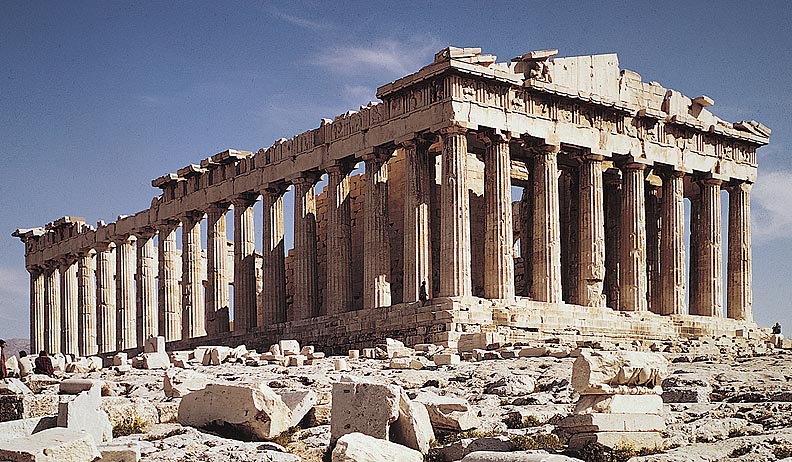

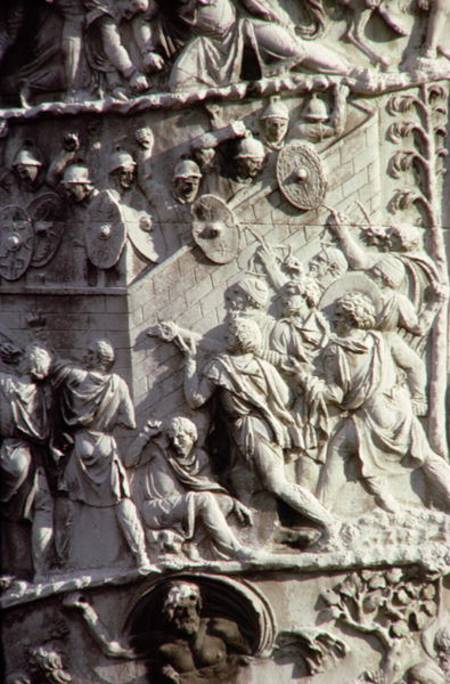
_-_The_Last_Supper_(1495-1498).jpg)


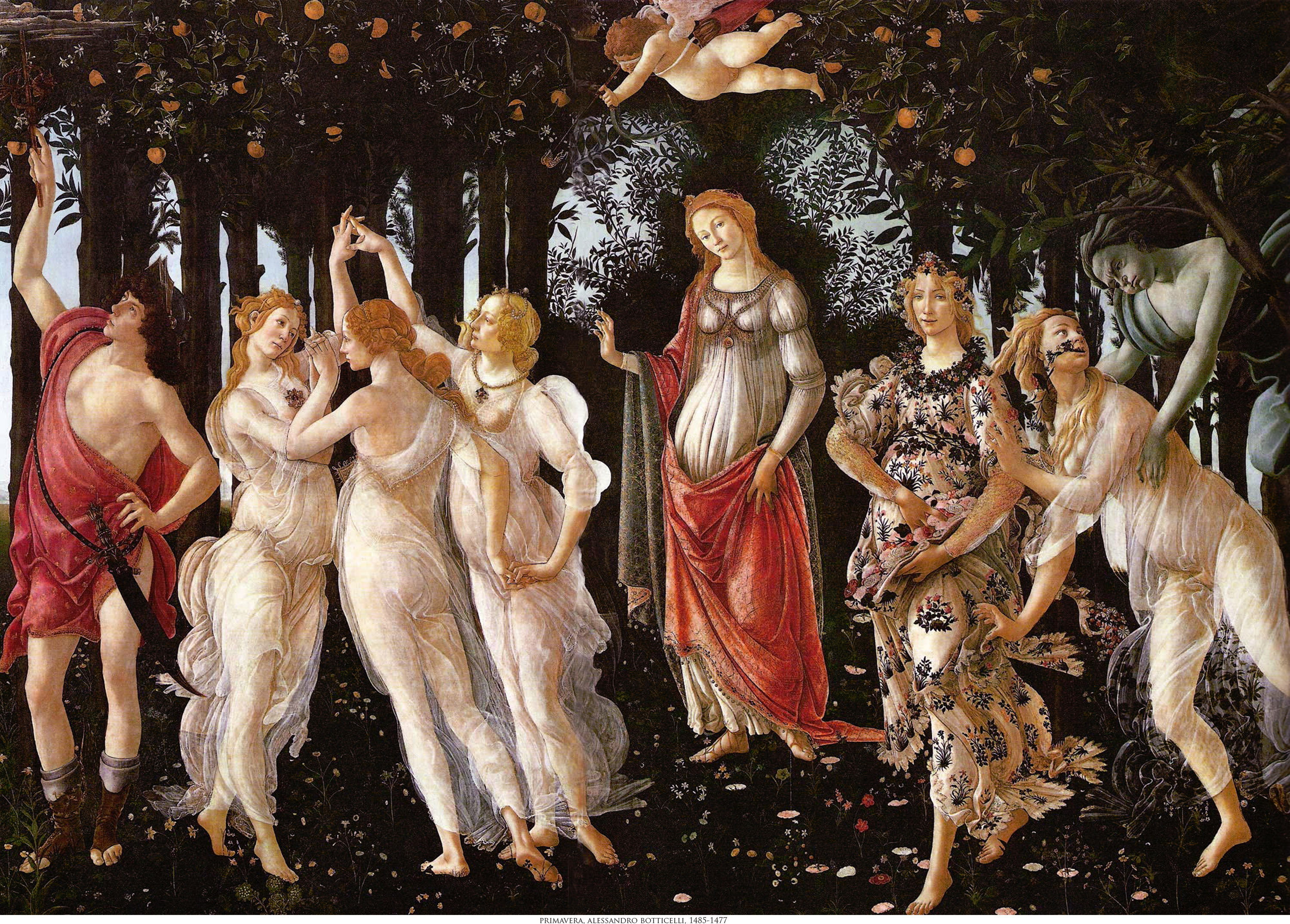
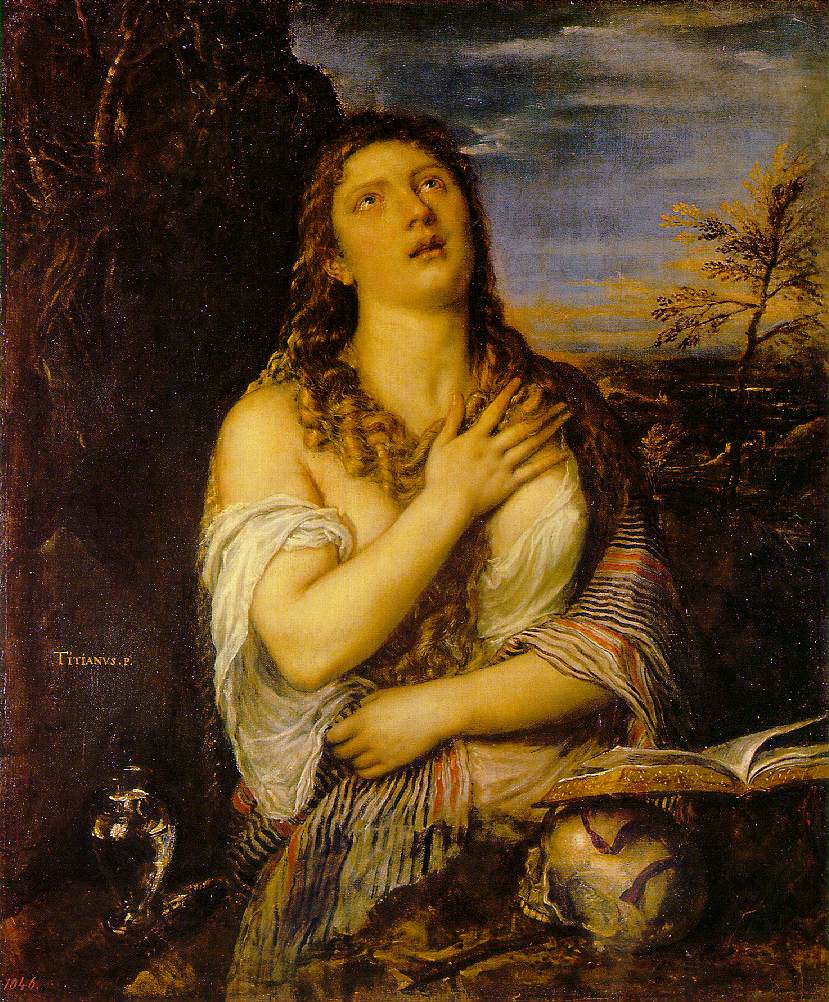




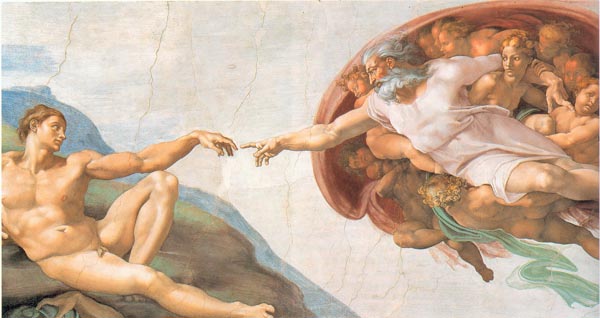


_-_The_Girl_With_The_Pearl_Earring_(1665).jpg/300px-Johannes_Vermeer_(1632-1675)_-_The_Girl_With_The_Pearl_Earring_(1665).jpg)



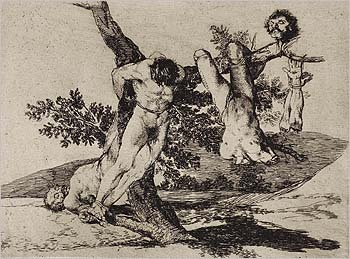

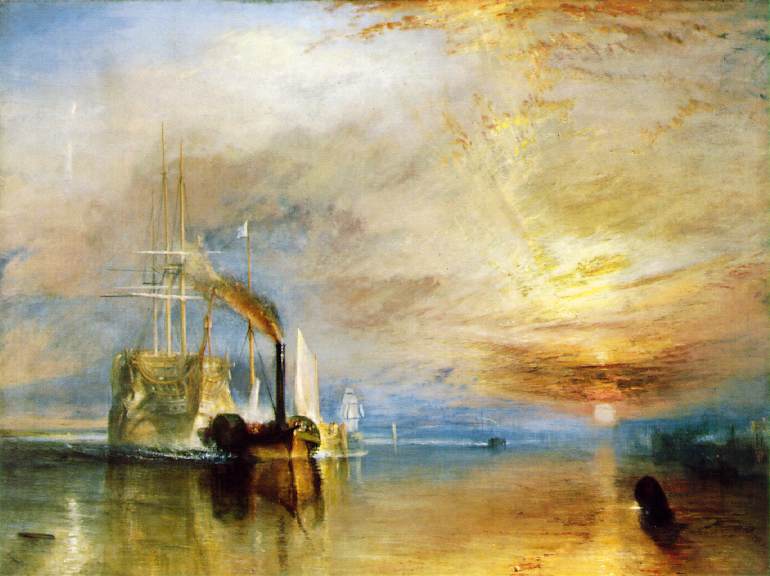
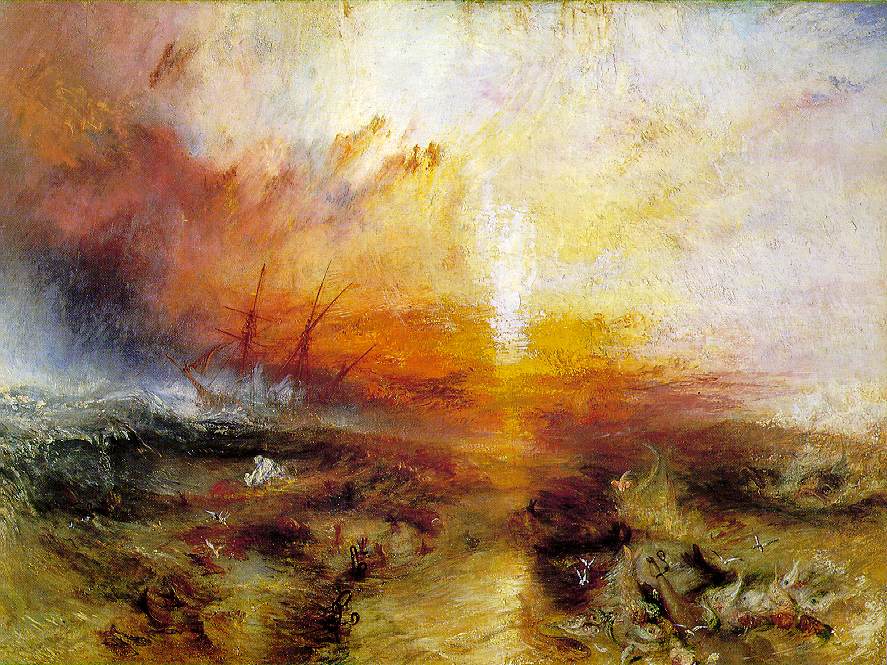

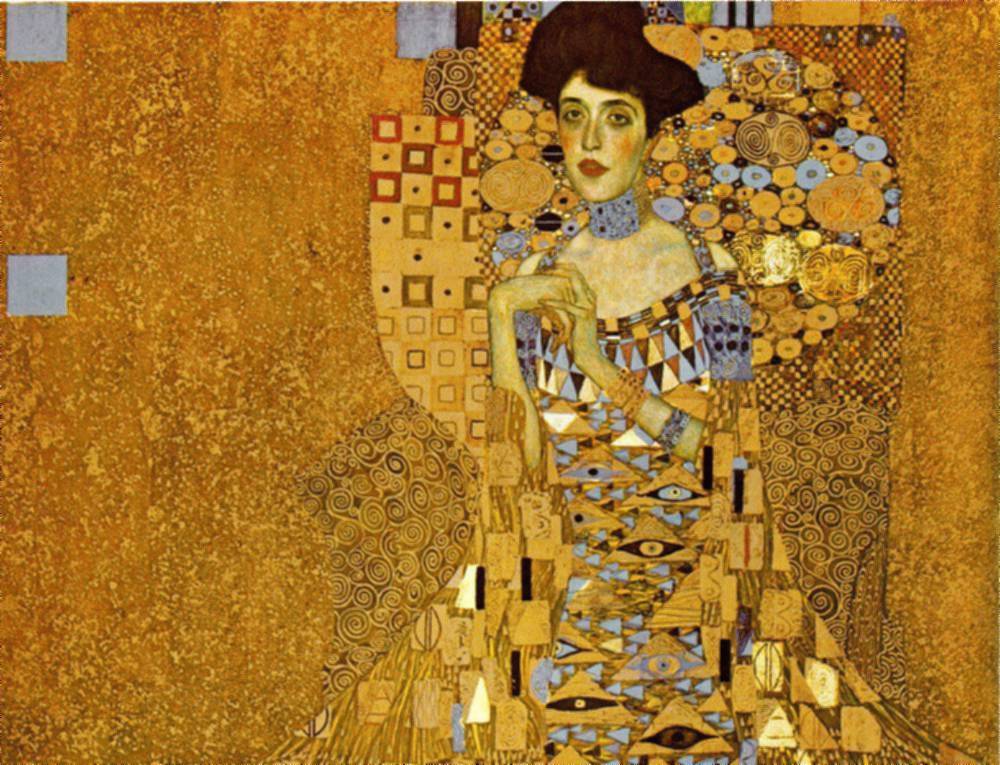




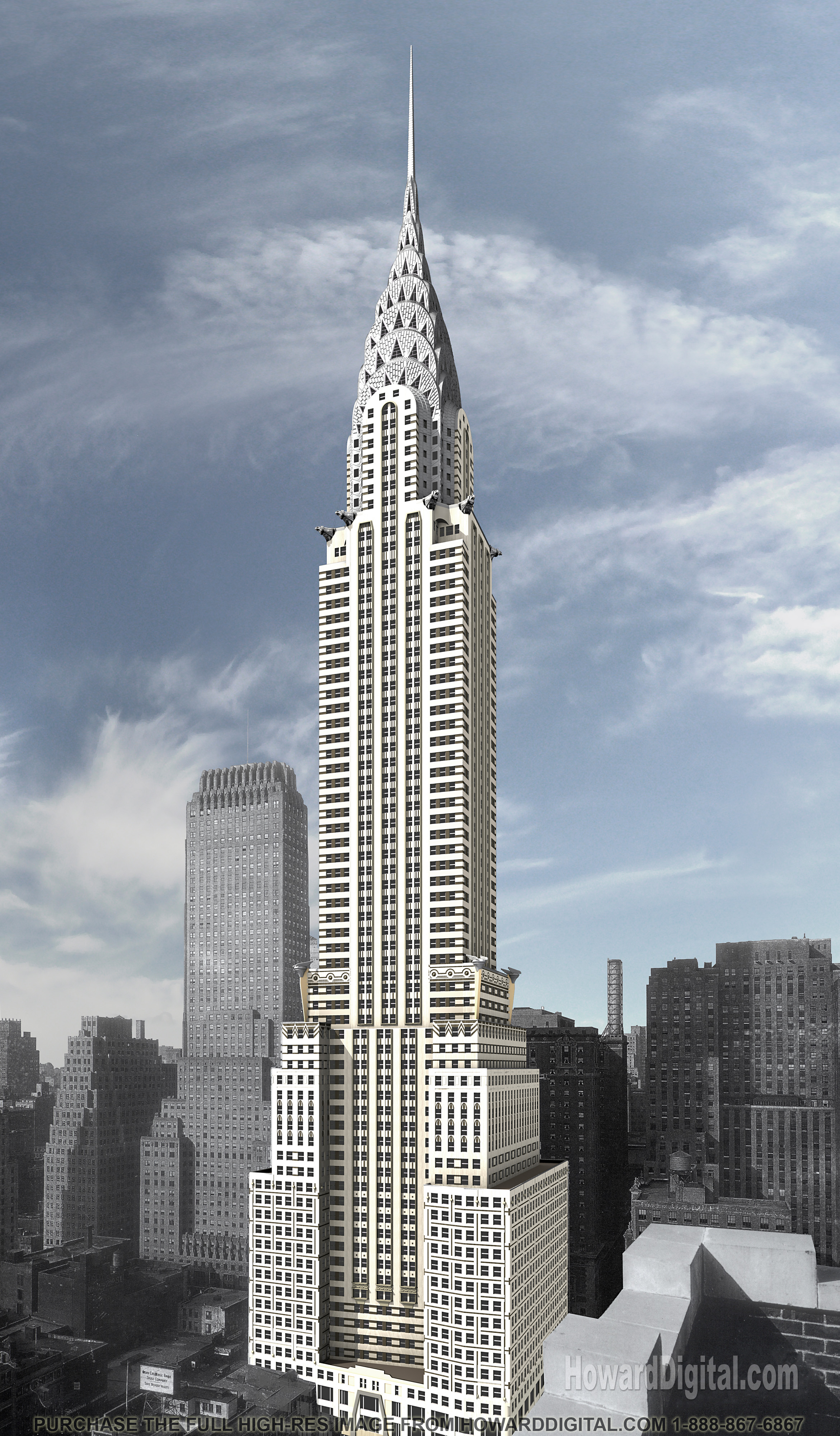
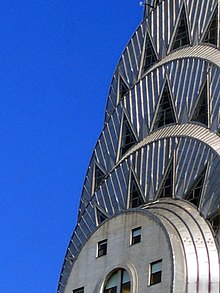





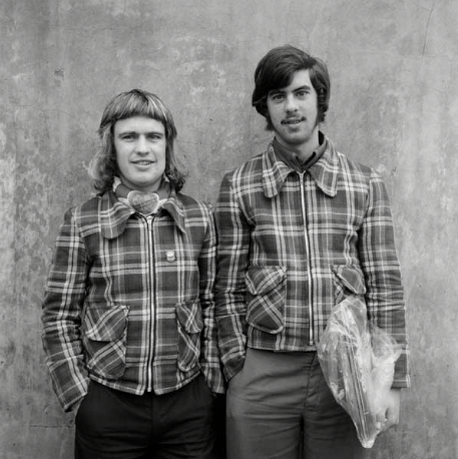






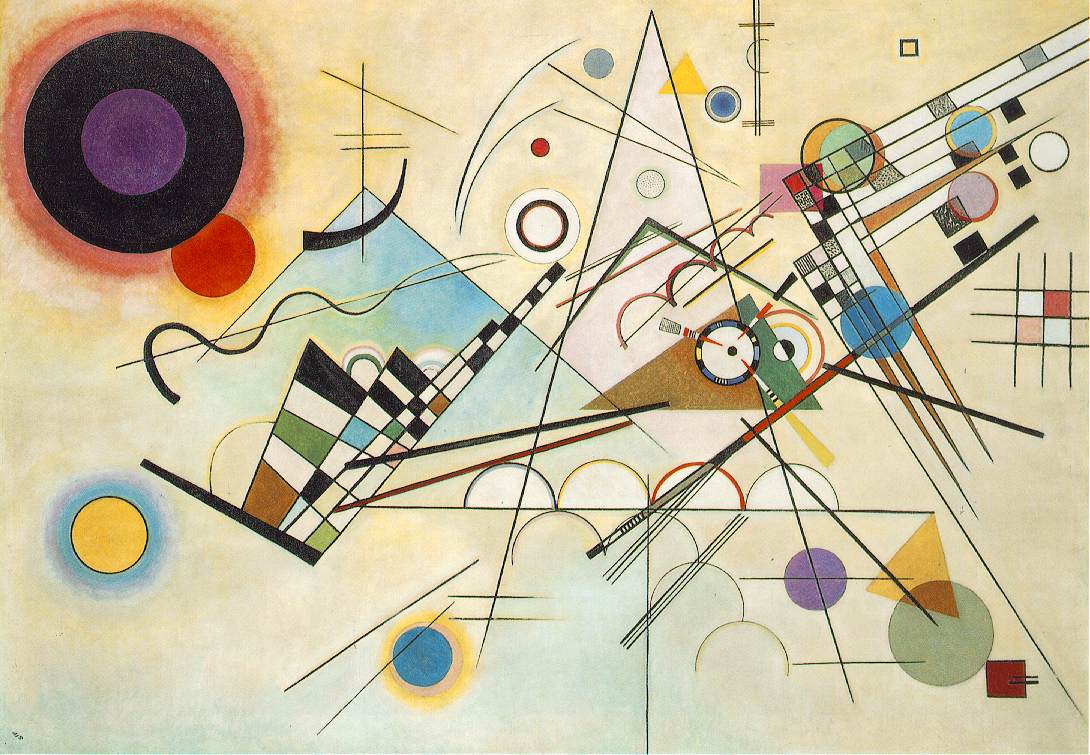
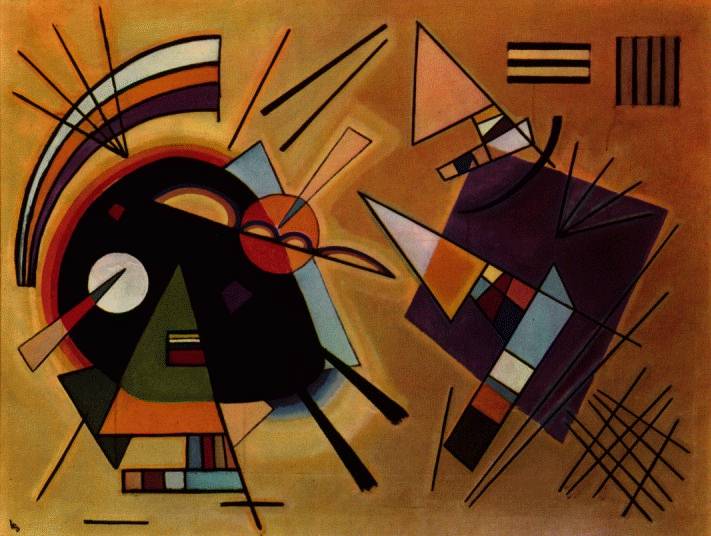

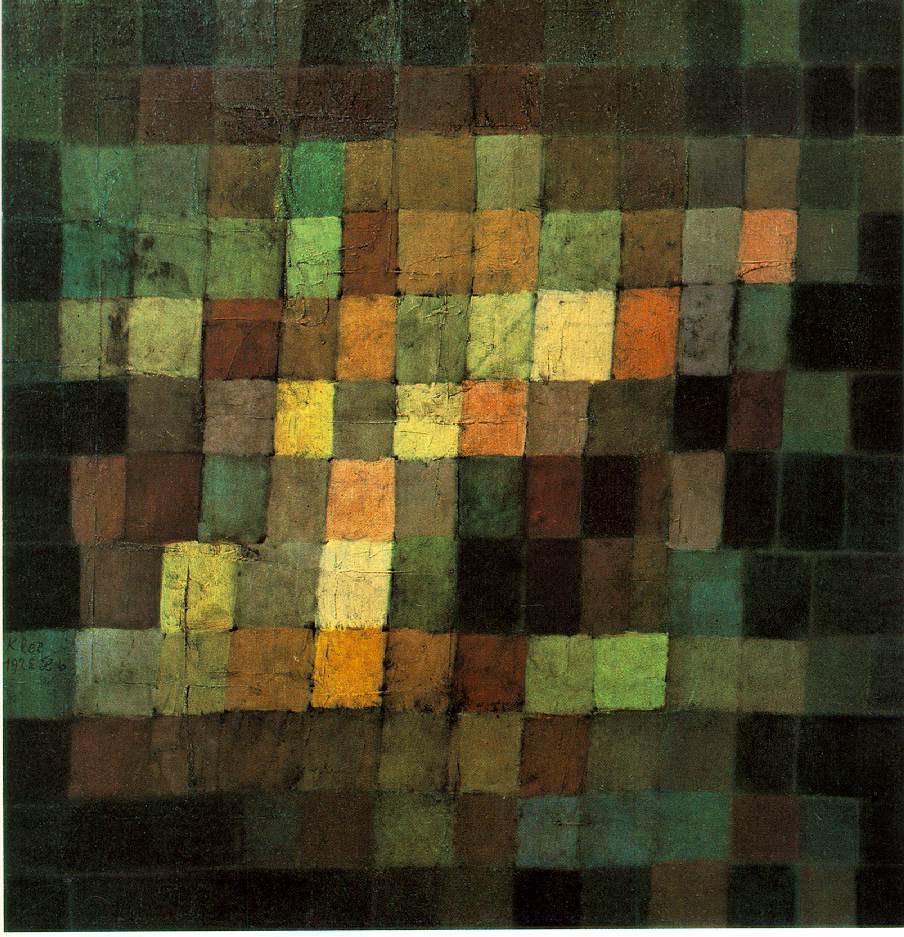






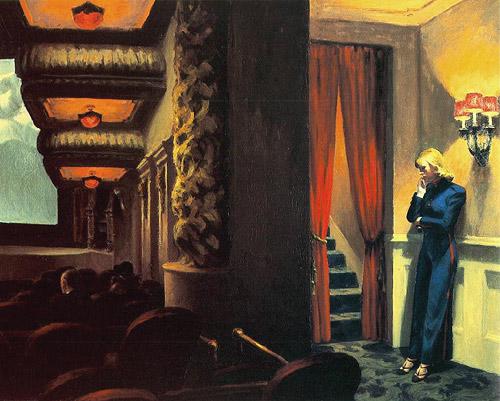
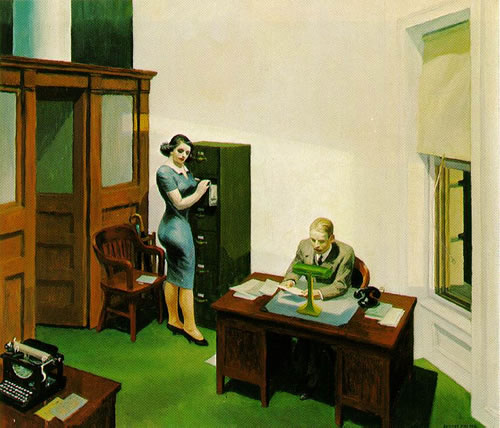
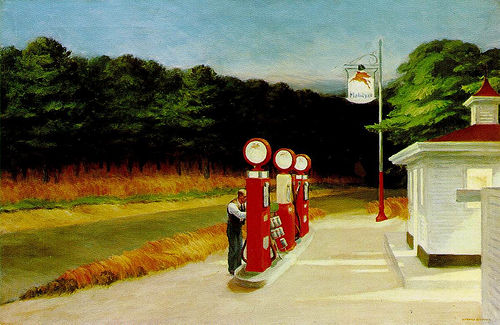
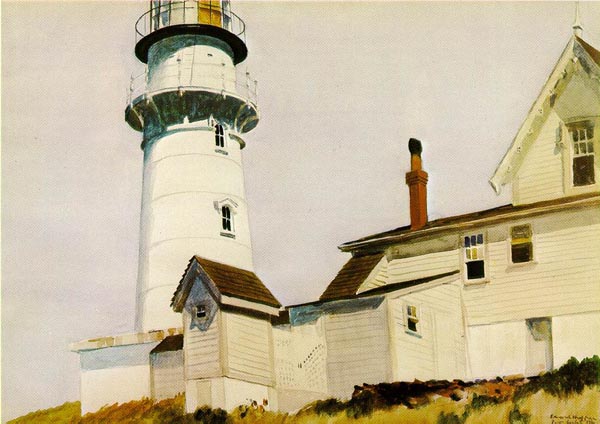

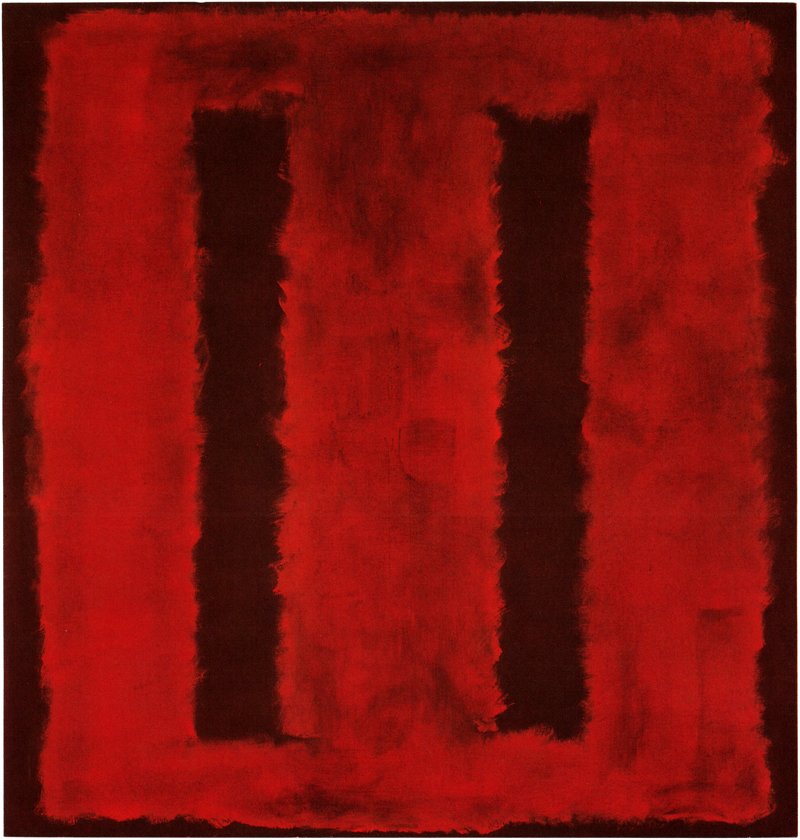

























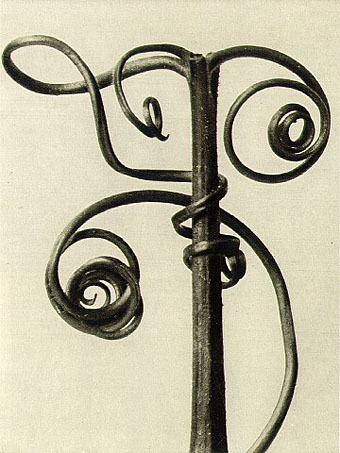

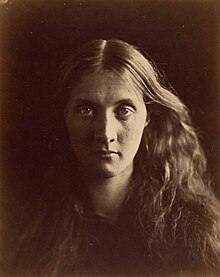




_large.jpg)

